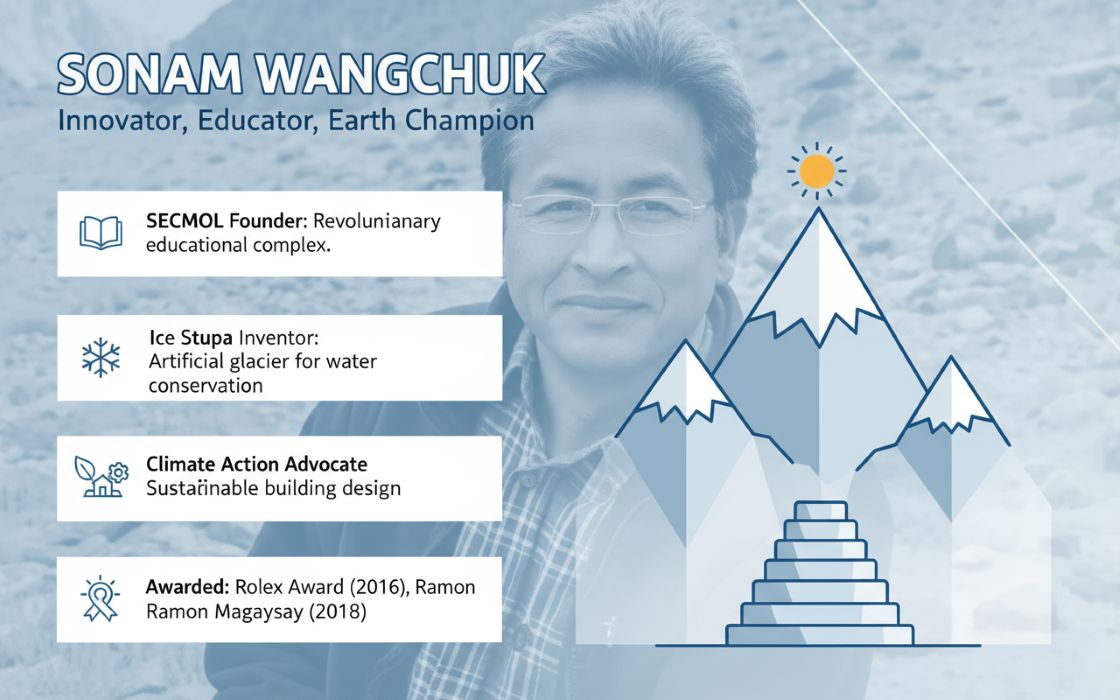While industrial growth is often seen at odds with environmental sustainability, Shivtek Spechemi Industries Ltd is charting a different course—proving that green strategies and commercial success can go hand in hand. At the helm of this transformation is Shivtek’s strong commitment to sustainable innovation in the specialty chemicals sector, spanning from zero liquid discharge systems and closed-loop chemical processing to large-scale renewable energy integration and biodegradable product development.
In this exclusive conversation with TheCSRUniverse, Managing Director, Dr. Amitt Nenwani offers a deep dive into how the company has evolved its sustainability strategy over the years—from foundational green practices to cutting-edge initiatives like a 250 MW solar plant, a new petrochemical complex focused on bio-based solvents, and efforts to help partner industries reduce their environmental footprint. He also shares insights on balancing environmental responsibility with business competitiveness, overcoming key bottlenecks in the sector, and Shivtek’s ambitious goals around carbon credits and catalyst-driven sustainability.
Read on to understand how chemical manufacturing can align with climate action:
Q. Shivtek has placed sustainability at the core of its operations. Could you start by outlining the scope and evolution of your sustainability strategy over the years?
A. At Shivtek, sustainability is not an added objective, it is at the heart of our operational philosophy. Since inception, we have adopted green production practices, including Zero Liquid Discharge (ZLD), closed-loop chemical processing, and internal heat integration. Over time, our sustainability strategy has matured to include solar and wind power integration, emission monitoring, and development of biodegradable products. With every expansion, from our chlorinated compounds beginnings to our upcoming petrochemical facility we’ve strengthened our alignment with green chemistry and low-carbon manufacturing practices.
Q. How do your key initiatives—like zero-liquid discharge and closed-loop chemical processing—translate into tangible environmental benefits on a day-to-day basis?
A. Our ZLD systems use RO (Reverse Osmosis) and MEE (Multi-Effect Evaporation) to ensure that no untreated water is discharged from our facilities. Wash streams and cooling water are recycled continuously, significantly reducing freshwater intake. Additionally, we follow a closed-loop chemical processing system to minimize air exposure and reduce the emission of volatile organic compounds (VOCs), ensuring safer and more controlled production environments. Internal heat recovery and high-efficiency motors contribute to reduced energy consumption, environmental compliance is ensured through online monitoring systems for air emissions and water discharge, supported by third-party audits and regular reporting.
Q. Being in the specialty chemicals industry, your product innovations have the potential to help other industries lower their environmental footprint. Could you share some examples where your offerings have had a measurable impact?
A. Yes, our specialty chemical innovations are developed not only for performance but also to help partner industries such as textiles, plastics, and synthetic materials to reduce their environmental footprint through cleaner, more efficient inputs.
Our specialty chlorinated products serve critical functions in textile applications such as coatings and synthetic leather alternatives. They act as flame retardants and secondary plasticizers, particularly in PVC-coated fabrics, synthetic leathers, and flexible laminates. These additives are known for their impact resistance, UV stability, elongation properties and qualities that directly support the durability and environmental longevity of products like tarpaulins, footwear uppers, and technical outdoor materials.
Additionally, our green specialty additives are designed to reduce process waste, enable cleaner formulations, and lower effluent load, helping textile processors adopt more eco-aligned production practices without compromising performance.
Q. How challenging has it been to balance environmental responsibility with commercial competitiveness in the specialty chemicals sector, especially in a cost-sensitive market like India?
A. Investing in backward integration, localizing raw material sourcing, and optimizing production through energy-efficient operations, we’ve reduced costs while upholding green principles. Our strong export presence across 75+ countries and CRISIL A rating reflect our success in maintaining this equilibrium.
Q. You’ve spoken about moving toward a 250 MW solar integration. How do renewable energy targets fit into your broader carbon reduction goals, and what’s your roadmap for achieving them?
A. Integrating 250 MW of solar power is a decisive move in our carbon reduction strategy and aligns with India’s clean energy goals. At a time when coal still accounts for over 55% of India’s electricity and remains a major source of emissions and pollution, this shift will directly replace a substantial share of grid electricity otherwise generated from coal. The solar plant will generate around 300 million kWh annually, helping us avoid approximately 255,000 tonnes of CO₂ emissions each year—equivalent to removing over 55,000 passenger vehicles from the road. It will also conserve 140–150 million gallons of freshwater annually by reducing dependence on thermal power, which consumes significant water for cooling and steam.
Over its lifetime, the plant is expected to prevent over 7.5 million tonnes of greenhouse gas emissions. This initiative complements our broader efforts in energy recovery and green infrastructure, positioning us as a responsible manufacturer committed to long-term climate resilience and sustainable industrial growth.
Q. With your new petrochemical complex in Hazira focusing on bio-based solvents and sustainable chemicals, how do you envision this strengthening your role in the green chemistry movement?
A. The new Hazira facility marks a significant strategic expansion aligned with our vision for sustainable innovation in specialty chemicals. Spanning over 1 million square feet, the plant will produce bio-based additives, solvents, and specialty petrochemicals at a capacity of 2,50,000 MTPA by 2027–28. By adopting biodegradable technologies like Gastroliquid and focusing on renewable raw materials such as hydrocarbon from palm oil, the facility reinforces our commitment to environmental responsibility and technological advancement. Overall, this expansion not only enhances our production capabilities but also strengthens our leadership in green chemistry by integrating sustainability deeply into our manufacturing growth.
Q. In your view, what are the biggest bottlenecks or gaps in sustainability adoption within the specialty chemicals industry today? Based on your experience, what approaches have worked best in addressing them?
A. Key bottlenecks include dependence on imported intermediates, high capital requirements for green technologies, and a fragmented regulatory framework. We’ve addressed these by localizing production of caustic soda and chlorinated polymers and deploying cleaner technologies early. Strong backward integration and process innovation have proven critical in overcoming these hurdles.
Q. Are there any regulatory or policy-level changes you’d like to see that could accelerate sustainability efforts in the chemical manufacturing ecosystem?
A. A streamlined regulatory framework aligned with international protocols like REACH would enable smoother adoption of green technologies. Incentives for renewable integration, waste minimization, and local production of critical intermediates can significantly boost sector-wide sustainability. Predictable policies and faster clearances would also encourage capital deployment toward eco-friendly infrastructure.
Q. Looking ahead, what are Shivtek’s top three near to medium-term sustainability goals, and how do you plan to measure success against them?
A. Looking ahead, Shivtek has outlined three key sustainability goals for the near to medium term. First, the company is making strategic investments in Green Plasticisers to expand its portfolio of sustainable and eco-friendly solutions, aligning with global demand for greener alternatives. This initiative reflects Shivtek’s broader vision to drive environmentally responsible product innovation.
Second, the company has initiated the Carbon Credit accreditation process. It is currently developing a Project Design Document (PDD), which defines the scope of its emission reduction activities.
CarbonCheck will conduct a third-party audit and validation to ensure compliance, following which Shivtek aims to register under leading global standards like Gold Standard and Verra. This will help formally recognise the company’s carbon-saving initiatives and position it on the global sustainability map.
Third, Shivtek is developing products using the state-of-the-art catalyst technologies that assist customers in achieving their own carbon audit validations. These innovations, aligned with PDD protocols, not only support Shivtek’s internal sustainability goals but also empower downstream industries to pursue Carbon Credit registration.
The company has set a target timeline of 2027–28 to achieve these goals, using it as a benchmark to track measurable progress and ensure accountability to its sustainability roadmap.

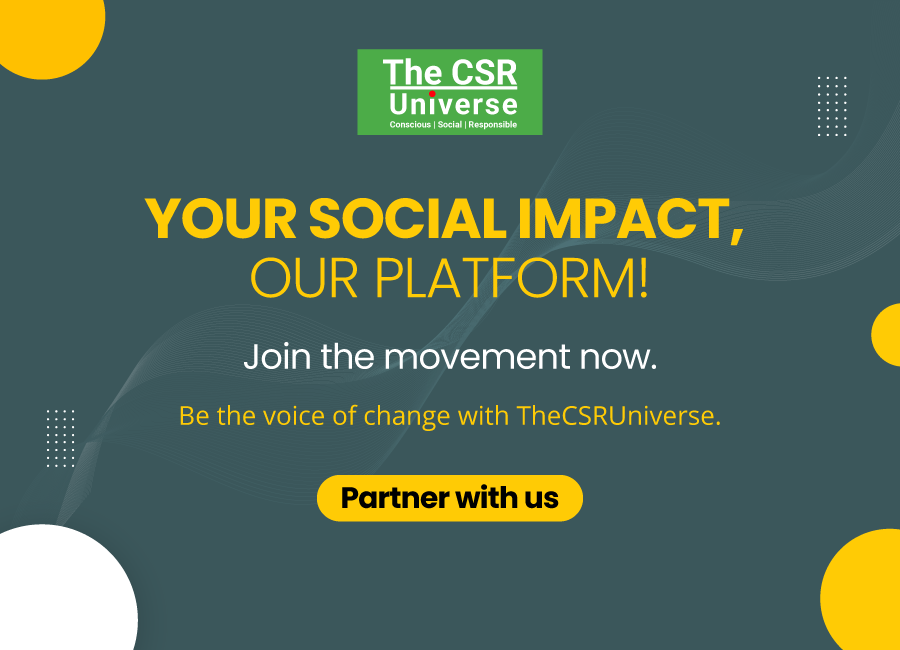



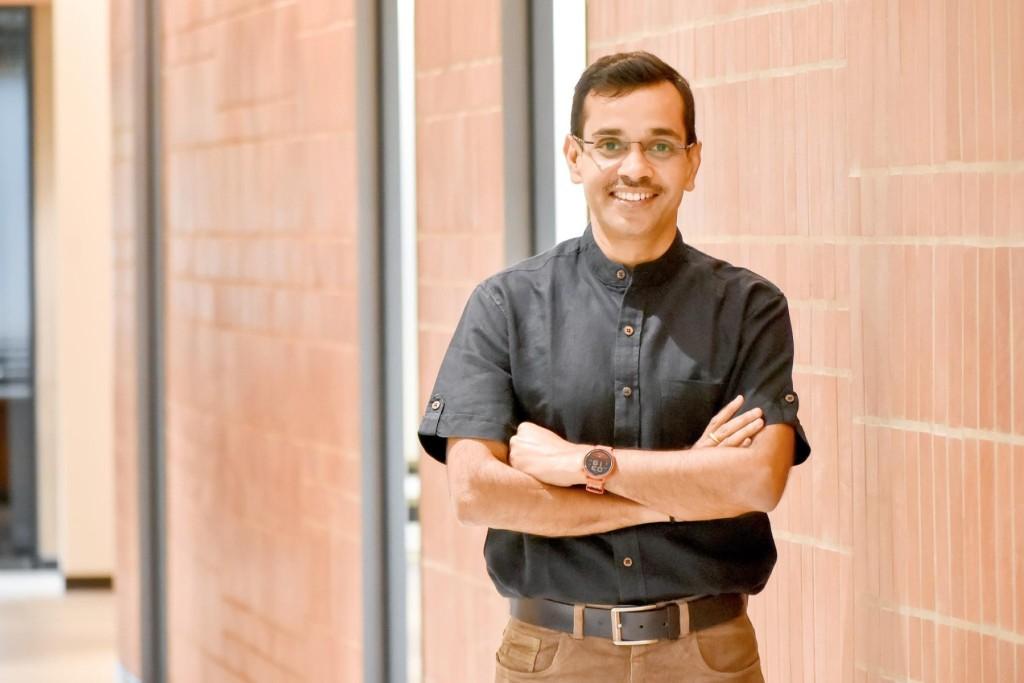

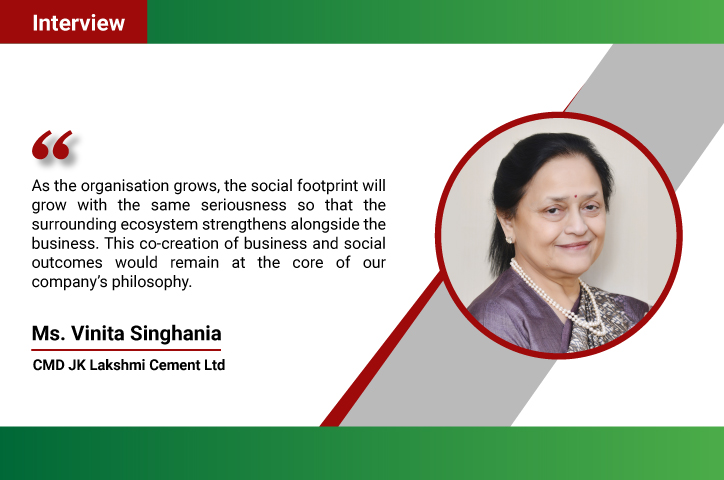



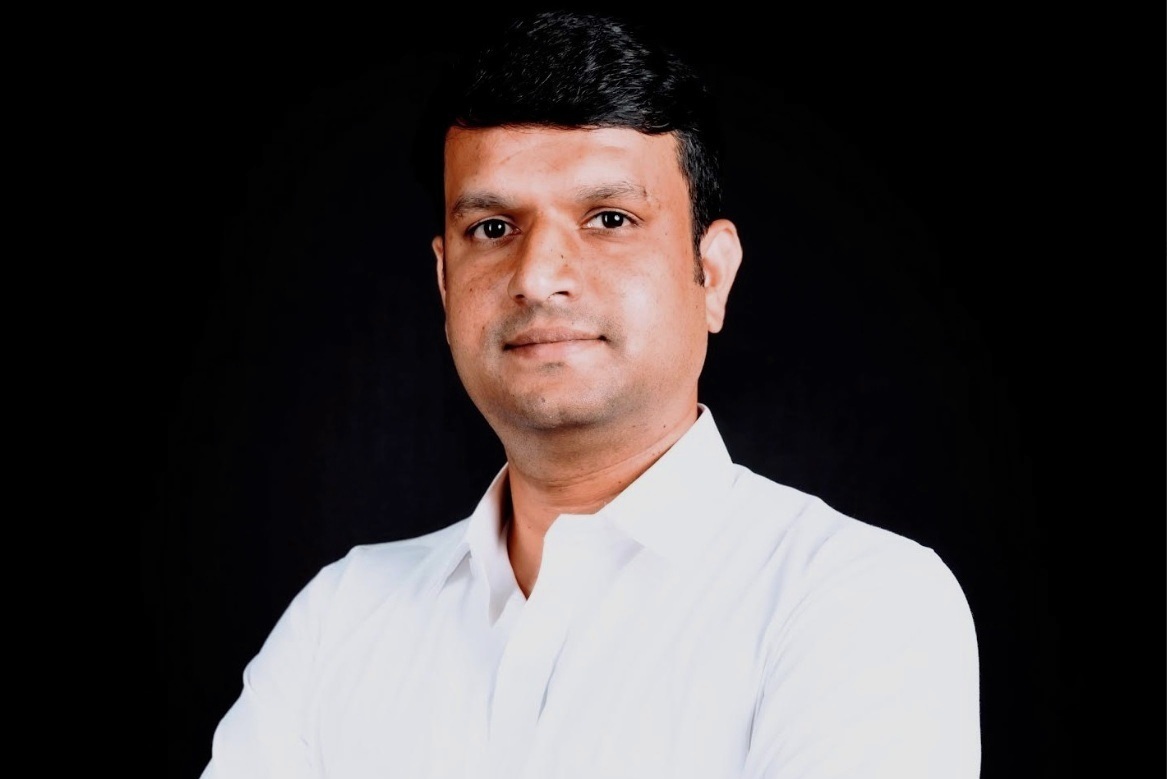




.jpg)

